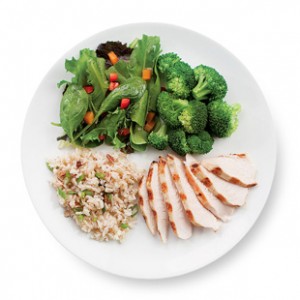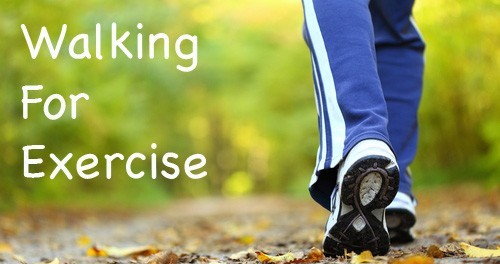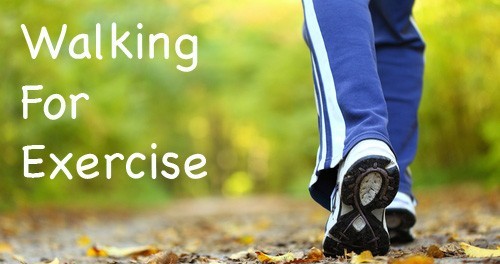Walk Talk Series
Day 38 – Charity Walks and Hunger Pains
Group Motivation
What happens when you are walking in a group – do you find yourself challenged to keep passing other people? Do you relax and go with the flow? Do you feel left behind? Examine your feelings – perhaps you want to train for more speed to enjoy the thrill of competition. Perhaps you find you prefer non-competitive, scenic walks instead of those with larger groups.
The first week or two on a reduced calorie diet are the worst for hunger pangs -especially for those who aren’t used to being hungry. These quiet down as your body gets used to having an fuller stomach on less food. After a couple of weeks you will find yourself feeling less hungry but still having a pleasant appetite.
How To Suppress Hunger Pangs
There are ways to reduce the feeling of hunger. You can do it just by eating, for example.
This may sound a bit strange, because you would most likely think that the opposite should be true, yet now we are talking about eating the right food. This can actually help you to lose weight. Many dieters are focused on only being slim and eating very few calories regardless of nutrition. But unfortunately, these ideas can work against you. It appears that people eventually just eat more because they simply get hungry. Instead reward your stomach with a long and pleasant amount of satiety, then you will find that losing weight will be easier and it works much better.
 What is satiety?
What is satiety?
That feeling you get when you’ve eaten enough. You don’t feel hungry and don’t have a growling stomach.
Is that important?
Yes, because with a full stomach you will not be plagued by all kinds of thoughts about eating ice cream, chips, chocolate or whatever. In this way, losing weight is much easier.
But will you lose weight on a full stomach?
You will if you eat the right foods. In addition, your metabolism speeds up after eating a hearty meal. The “elimination” of your hunger gives you a different perspective on food. Foods are no longer the enemy of you being slim, and they can help you to lose weight.
With the right diet working for you, you are no longer in a situation of having to avoid “forbidden foods.” It’s not a disaster any more like when you sometimes have eaten too much. Instead, your hunger stays away longer. Really? Really?!
 The Physical and Cognitive Mechanisms Behind Hunger
The Physical and Cognitive Mechanisms Behind Hunger
Our hunger pangs, or oftentimes the lack thereof, are caused by a variety of factors. For many years, scientists have tried to determine the biological or physical reasons that we feel hungry. Recent research relates that hunger is caused by neither physical nor cognitive mechanisms alone, but rather a combination of the two. In addition to these mechanisms, the types of food that we eat often have an effect on how hungry we may feel.
Physical Mechanisms
- Hunger is regulated by the hypothalamus. The hypothalamus is located in the brain behind the optic nerves. Using signals from the optic nerves as well as nerve signals from other parts of the body, the hypothalamus tells the body when it should feel hungry. Other glands in the brain then tell the body when it is not hungry.
- The body, through the hypothalamus, responds to a variety of physical mechanisms that alert the brain that the body wants or needs to eat food. These mechanisms include stomach contractions, where the stomach gets smaller or is not as full, low levels of glucose (sugar) in the blood, and high levels of insulin in the bloodstream. Additionally, lower body temperatures may also cause the hypothalamus to react. None of these mechanisms are accurate or true measures of hunger by themselves; rather, they contribute to feelings of hunger.
- Our bodies, especially the stomach, react to the amount of food that we take in and not the calories consumed. Bulky foods that are higher in fiber may encourage satiety faster than non-bulky foods. This response has compelled many diet plans to encourage people to drink water before meals, leading the dieters’ stomachs to be full of liquids before any food is eaten.
Cognitive Mechanisms
The human body also trains itself to react to stimuli outside of the body (in other words, not stomach contractions or blood sugar levels, for example). These outside stimuli play just as important a role in determining our bodies’ hunger levels as do physical stimuli.
- Time of day. Because many people work and live on the same schedule, their bodies are prepared to eat at the same time every day. Thus, even if the person is not physically hungry at lunch time, the mind will believe it is time to eat because that is when the person eats every day.
- Seeing or smelling particular foods. The sight and smell of particular foods are likely to encourage us to feel hungry. For example, if a person enjoys popcorn, and she smells popcorn, she is likely to feel hungry. In contrast, if a person does not enjoy tuna, and smells tuna, she is not likely to feel hungry.
- Seeing specific colors. Seeing certain colors may encourage our bodies to feel hungry. For instance, many foods are red, green, and yellow. Seeing those colors may make people feel hungry for foods that are those colors (red or green apples or yellow bananas). Few foods, however, are blue. Seeing blue, thus, is unlikely to trigger a hunger sensation.
- 35-70 minute walk in the fat-burning zone at 60-70% of your maximum heart rate
- Fat Burning Walk: Warm up with 5 minutes at a very easy pace
- Find a safe spot with a wall or pole to do a 5 minute easy stretching routine
- Now resume your walk at a comfortable pace
- End with 5 minutes of gentle stretching
Advanced walkers: Threshold Walk
Exercise: Abdominals
Charity Walks and Walk/Runs
Spice up your regular walking program by enjoying a charity walk or a walk held in conjunction with a run. Set one of these as your goal to build up to enjoying – go for speed or distance or just for the heck of it. Win the event award or t-shirt and enjoy walking with lots of other people. Distances are usually from 5-10 kilometers (3 miles to 6 miles). In general, there is a group start of all participants, so you walk with many others throughout the walk. You get the thrill of crossing the finish line, sometimes with your name and hometown being announced, and receiving the award for the event – a pin, medal, t-shirt or other item. Costs range from $8 to over $25 and may require collection of pledges.





